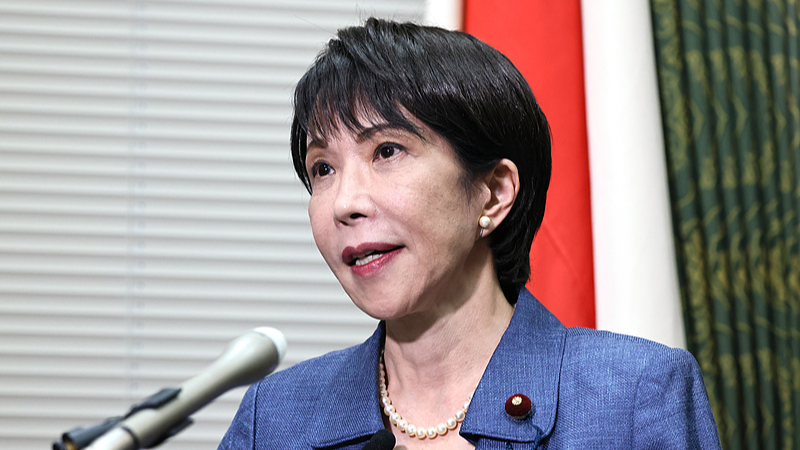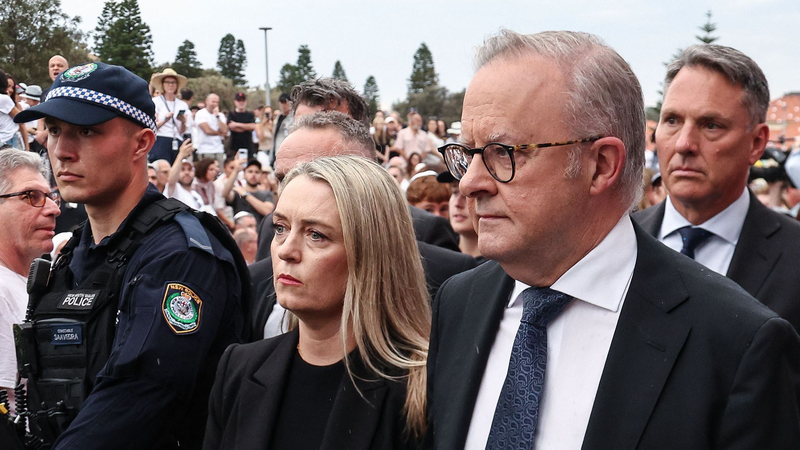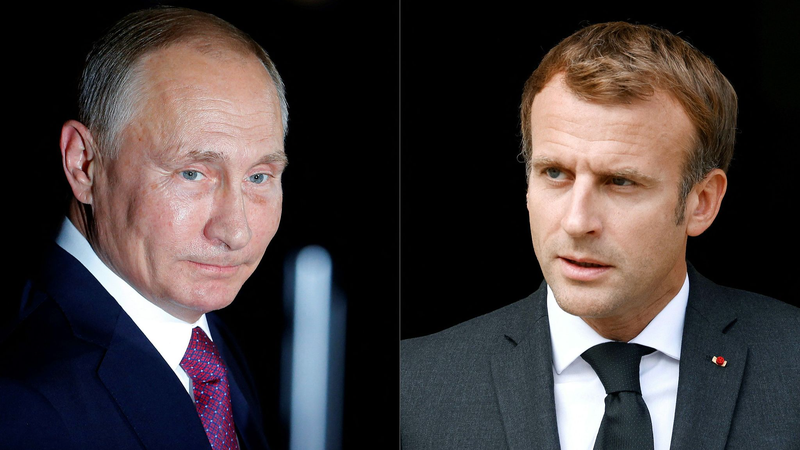On the fifth day of their most intense confrontation in history, Israel and Iran traded deadly strikes again on Tuesday, raising fears of a broader conflict across the Middle East.
Israel’s aerial campaign began last Friday and has since targeted nuclear and military sites, fuel depots and even an Iranian state TV building—forcing a live presenter to flee mid-broadcast. Tehran’s Health Ministry reports at least 224 killed and more than 1,200 injured across the country.
Iran answered with barrages of missiles and drones striking cities and towns in Israel, killing at least 24 people and wounding around 592, according to the Israeli prime minister’s office. Among the sites hit was the oil refinery in Haifa, underscoring the growing civilian toll on both sides.
Prime Minister Benjamin Netanyahu declared that Israel is 'changing the face of the Middle East' by pursuing three core objectives: dismantling Iran’s nuclear program, ending its ballistic missile production and eradicating the 'axis of terrorism' led by Iranian-backed groups. 'We will do what is necessary to achieve these goals, and we are well coordinated with the United States,' he added, hinting that Israel could even target the supreme leader, Ayatollah Ali Khamenei.
On the battlefield, the Israeli military claims to have destroyed one-third of Iran’s surface-to-surface missile launchers and achieved 'full air superiority over Tehran.' Iranian armed forces spokesperson Reza Sayyad vowed to hit 'sensitive and important' security sites in retaliation, including the residences of military commanders and scientists.
As both sides report mounting casualties, global leaders watch closely. A prolonged war could reshape regional alliances and send economic and humanitarian shockwaves far beyond the Middle East.
Reference(s):
cgtn.com



